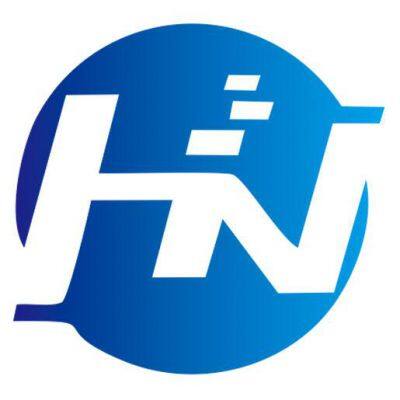Home > Blog > Choosing Heavy Duty Shelving? Essential Traits for Tool-Free Assembly & Warehouse Efficiency
-
 Sarah
Hi there! Welcome to my shop. Let me know if you have any questions.
Sarah
Hi there! Welcome to my shop. Let me know if you have any questions.
Your message has exceeded the limit.

Choosing Heavy Duty Shelving? Essential Traits for Tool-Free Assembly & Warehouse Efficiency
2025-10-22 19:13:57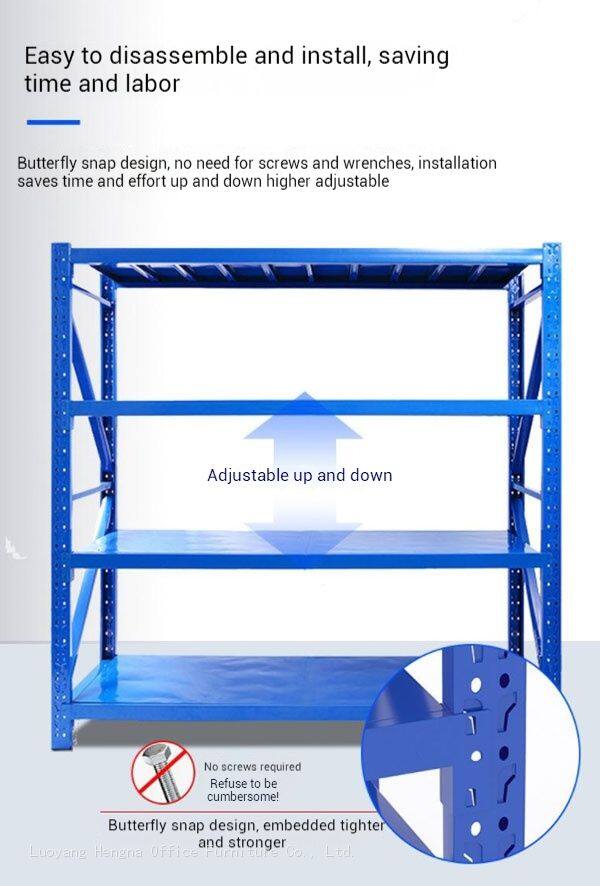
In the complex ecosystem of warehouse management, shelving selection is far more than a simple purchasing decision—it’s a strategic choice that impacts operational efficiency, labor costs, and overall productivity. As warehouse managers and operations professionals face increasing pressure to optimize performance while controlling costs, the importance of selecting the right heavy duty shelving has never been greater. This comprehensive guide explores the essential traits to look for when choosing heavy duty shelving, with special focus on tool-free assembly systems and their impact on warehouse efficiency.
Understanding the True Cost of Shelving Decisions
Before diving into specific features, it’s crucial to understand how shelving decisions impact your bottom line. The wrong choice can result in hidden costs that far exceed the initial purchase price.
Beyond the Price Tag: Total Cost of Ownership
When evaluating shelving options, consider these cost factors:
Installation Costs: Labor, equipment, and time required for setup
Maintenance Requirements: Ongoing upkeep and potential repairs
Operational Efficiency: Impact on picking, stocking, and general workflow
Lifespan Considerations: How long before replacement becomes necessary
Adaptability Costs: Expenses associated with reconfiguration or expansion
The Efficiency Dividend of Quality Shelving:
Investing in the right shelving system delivers measurable returns:
Labor Productivity: Well-designed systems can improve picking efficiency by 25-40%
Space Utilization: Optimal configurations can increase storage capacity by 30-50%
Safety Improvements: Quality systems reduce workplace accidents and associated costs
Scalability: Adaptable systems eliminate the need for complete replacement as needs change
Essential Trait 1: Revolutionary Tool-Free Assembly Systems
The assembly method of your shelving system has profound implications for installation time, labor costs, and long-term flexibility. Modern tool-free assembly systems represent a significant advancement in shelving technology.
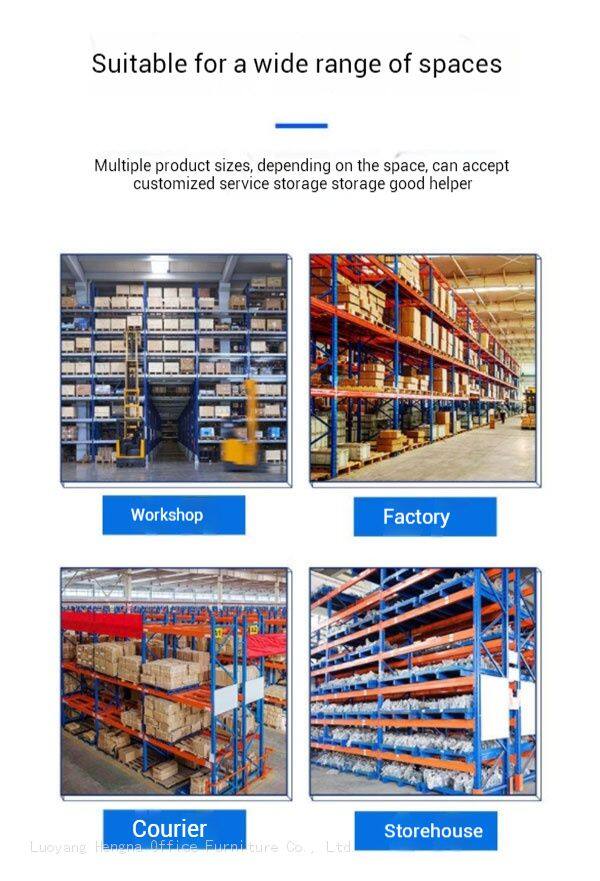
The Butterfly Hole Advantage:
Innovative butterfly hole mechanisms have transformed shelving assembly:
Precision Engineering: Specially designed holes and connectors ensure perfect alignment and strength
No Screws or Bolts: Eliminates the need for fasteners, tools, and specialized labor
Secure Connections: Creates strong, stable connections that resist loosening over time
Quick Disassembly: Allows for easy reconfiguration or relocation as warehouse needs evolve
Real-World Impact of Tool-Free Assembly:
The benefits extend far beyond initial installation:
Installation Time Reduction: Complete setup in minutes rather than hours
Labor Cost Savings: Lower skill requirements and fewer personnel needed
Reduced Disruption: Minimal downtime during installation or reconfiguration
Enhanced Safety: Eliminates risks associated with power tools and complex assembly
Assembly Efficiency Comparison:
| Assembly Method | Installation Time | Labor Cost | Reconfiguration Difficulty |
|---|---|---|---|
| Traditional Bolted | 45-60 minutes per unit | High | Difficult |
| Basic Snap-Together | 15-20 minutes per unit | Moderate | Moderate |
| Butterfly Hole System | 5-10 minutes per unit | Low | Easy |
Essential Trait 2: Industrial Strength Construction
While assembly efficiency is important, the fundamental strength and durability of your shelving system is paramount. Industrial strength construction ensures safety, longevity, and reliable performance under demanding conditions.
Key Indicators of Industrial Strength:
When evaluating construction quality, look for these essential characteristics:
Material Thickness: Premium systems feature 0.5MM laminate thickness and 1.0MM column and beam thickness
Steel Quality: High-grade steel with consistent properties throughout
Connection Design: Reinforced connection points that resist stress and fatigue
Finish Quality: Industrial-grade coatings that resist corrosion and wear
The Importance of Attention to Detail:
Quality manufacturers focus on the details that make a difference:
Precision Manufacturing: Components manufactured to tight tolerances for perfect fit
Quality Control: Comprehensive inspection processes throughout production
Testing Protocols: Rigorous testing to verify performance claims
Documentation: Clear specifications and installation instructions
Construction Quality vs. Performance:
| Construction Quality | Load Capacity | Lifespan | Maintenance Requirements |
|---|---|---|---|
| Premium Industrial | Exceeds specifications | 10-15 years | Minimal |
| Standard Commercial | Meets specifications | 5-8 years | Moderate |
| Economy Light-Duty | Below specifications | 2-4 years | High |
Essential Trait 3: Optimized for Warehouse Efficiency
The best heavy duty shelving systems are designed specifically to enhance warehouse efficiency, not just provide storage space. This trait encompasses numerous design elements that contribute to overall operational performance.
Efficiency-Enhancing Design Features:
Look for these design elements that improve warehouse operations:
Accessibility Design: Shelves positioned for easy reach and visibility
Adjustability: Easy height adjustment to accommodate different inventory sizes
Modularity: Components that can be reconfigured as needs change
Accessory Compatibility: Support for bins, dividers, and other organizational tools
Space Optimization Capabilities:
Efficient shelving maximizes every square foot of warehouse space:
Vertical Utilization: Takes full advantage of available height
Aisle Optimization: Balances accessibility with space efficiency
Density Configuration: Supports high-density storage where appropriate
Flow-Through Design: Facilitates efficient material movement
Efficiency Impact Metrics:
Quality shelving systems deliver measurable improvements:
Picking Efficiency: 25-40% improvement in items picked per hour
Space Utilization: 30-50% increase in storage capacity within same footprint
Inventory Accuracy: 15-25% improvement in inventory management
Labor Productivity: 20-30% reduction in labor costs per unit handled
Essential Trait 4: Safety and Compliance Features
Safety should never be compromised in warehouse operations. Quality heavy duty shelving incorporates numerous safety features that protect both workers and inventory.
Critical Safety Features:
Look for these essential safety elements:
Load Capacity Verification: Clear labeling and testing certification
Stability Design: Features that prevent tipping and collapse
Edge Protection: Smooth edges and corners to prevent injury
Weight Distribution Engineering: Design that prevents dangerous load concentrations
Compliance Considerations:
Ensure your shelving meets or exceeds relevant standards:
OSHA Compliance: Meets or exceeds Occupational Safety and Health Administration requirements
Industry Standards: Compliance with relevant shelving and storage industry standards
Local Regulations: Meets all local building and safety codes
Insurance Requirements: Satisfies insurance company specifications for commercial storage
Safety Investment Return:
Investing in safety features delivers substantial returns:
Reduced Accident Rates: Quality systems can reduce workplace accidents by 40-60%
Lower Insurance Costs: Safety improvements often lead to reduced insurance premiums
Less Downtime: Fewer accidents mean less operational disruption
Improved Morale: Safer working environments improve employee satisfaction and retention
Essential Trait 5: Scalability and Future-Proofing
Warehouse needs evolve over time, and your shelving system should be able to evolve with them. Scalability is a crucial trait that protects your investment and ensures long-term value.
Scalability Features to Look For:
These features enable your shelving system to grow with your business:
Expandable Design: Ability to add units and create larger systems
Compatibility: New components work with existing installations
Reconfigurability: Easy to modify layouts as needs change
Capacity Upgrades: Options to increase capacity without complete replacement
Future-Planning Considerations:
When selecting shelving, consider these future needs:
Business Growth Projections: Anticipate increases in inventory volume and variety
Technology Integration: Consider future automation and technology requirements
Workflow Changes: Plan for potential changes in material flow and processes
Industry Trends: Stay ahead of evolving warehouse management practices
Scalability Impact on Total Cost of Ownership:
| Scalability Level | Initial Investment | Expansion Cost | Adaptability | Long-Term Value |
|---|---|---|---|---|
| High Scalability | Moderate | Low | Excellent | Highest |
| Moderate Scalability | Standard | Moderate | Good | Medium |
| Low Scalability | Low | High | Poor | Lowest |
Making the Right Choice: A Decision Framework
With these essential traits in mind, use this framework to guide your shelving selection process:
Step 1: Assessment Phase
Document current inventory types, sizes, and weights
Measure available space and identify constraints
Map current workflow patterns and identify bottlenecks
Project future growth and changing needs
Step 2: Requirements Definition
Establish minimum capacity requirements for each shelf level
Determine essential assembly features (tool-free capability, etc.)
Identify specific safety and compliance requirements
Define scalability needs and expansion plans
Step 3: Evaluation Process
Compare options against the five essential traits
Calculate total cost of ownership for each alternative
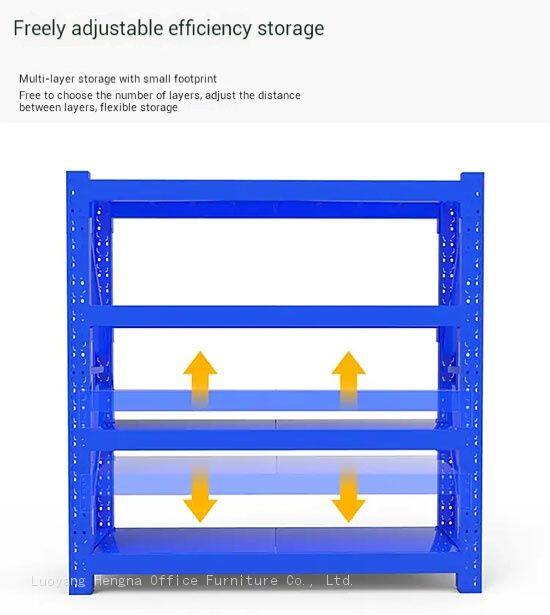
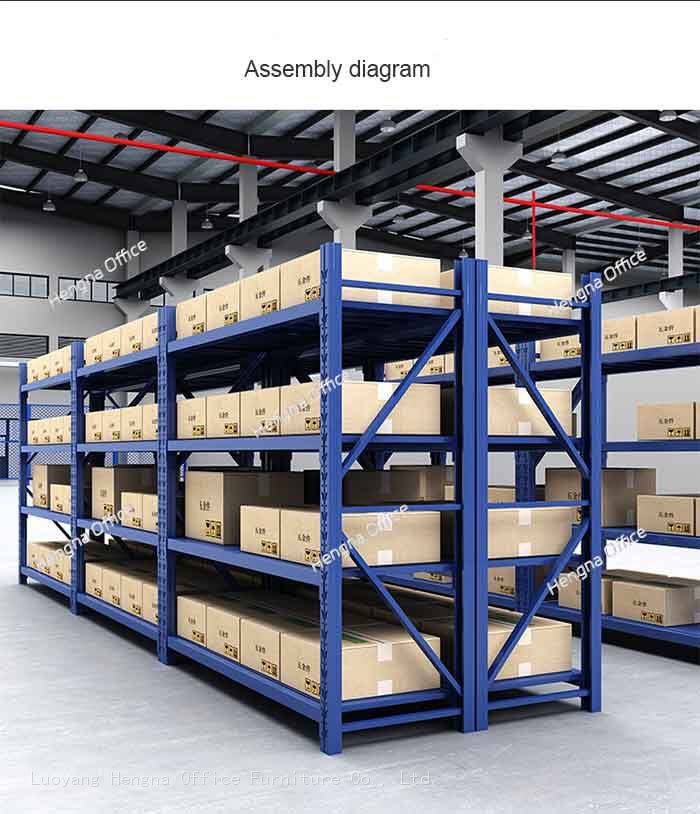
Consider supplier reputation and support capabilities
Test samples when possible to verify quality claims
Step 4: Implementation Planning
Develop detailed installation and configuration plans
Train staff on proper use and maintenance procedures
Establish monitoring and maintenance schedules
Plan for future expansion and reconfiguration
Choosing heavy duty shelving with these essential traits—tool-free assembly, industrial strength construction, efficiency optimization, safety features, and scalability—represents a strategic investment in your warehouse’s future success. While the initial evaluation process may require time and effort, the long-term benefits in efficiency, safety, and adaptability deliver substantial returns.
Remember that quality shelving is not an expense—it’s an investment in operational excellence that pays dividends through improved productivity, reduced costs, and enhanced flexibility. By prioritizing these essential traits and following a structured selection process, you can choose a shelving system that not only meets your current needs but also adapts to future challenges and opportunities.
Invest in quality heavy duty shelving today and build a foundation for warehouse efficiency that will serve your operation well into the future.
Tags: Choosing Heavy Duty Shelving, Warehouse Efficiency Heavy Duty Shelving
